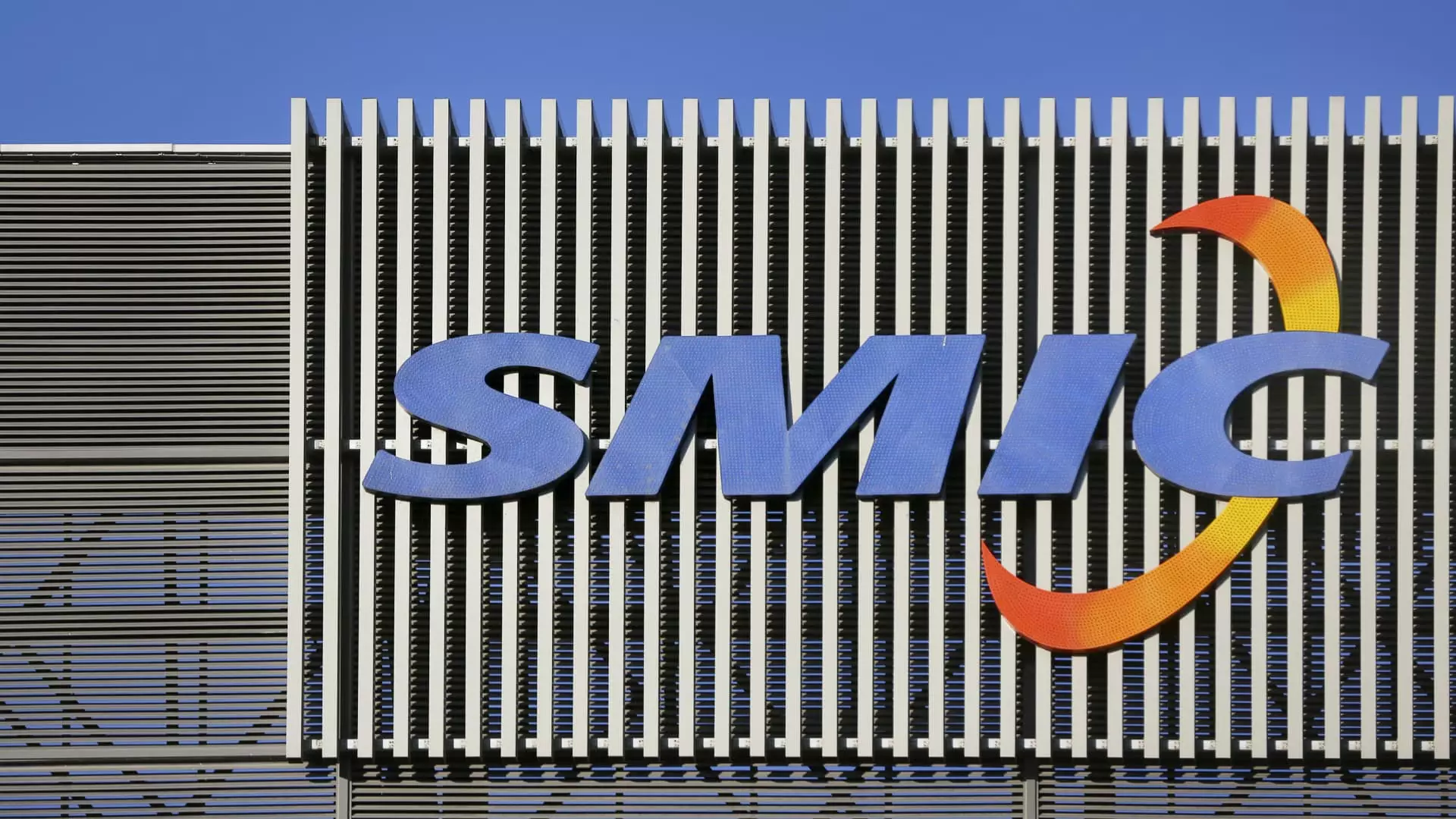Semiconductor Manufacturing International Corporation (SMIC) recently reported that it faced intense competition in the chip industry, leading to a drop in its first-quarter profit. The company mentioned during its earnings call that competition in the industry has been increasingly fierce, and pricing for commodity products is closely tied to market trends. Despite this, SMIC remains optimistic about its long-term prospects by focusing on constructing quality technology platforms in mainland China.
The semiconductor industry is highly competitive, with players like Taiwan’s TSMC and South Korea’s Samsung Electronics leading the way. SMIC, as China’s biggest contract chip manufacturer, plays a crucial role in Beijing’s efforts to reduce foreign reliance in the domestic semiconductor industry, especially in the face of U.S. restrictions on Chinese tech companies. However, the company’s first-quarter net income fell short of expectations, signaling challenges in the market.
In the first quarter, SMIC reported a 68.9% drop in net income compared to the previous year, with a gross margin of 13.7% – the lowest in nearly 12 years. Despite this, the company saw a 19.7% increase in revenue, driven by customer demand for chips. SMIC highlighted that the semiconductor industry was still in the recovery stage, and customers were willing to build up inventory to meet market demand and prepare for competition.
To address market challenges and increase market share, SMIC outlined its priorities for investments, focusing on areas like capacity construction and research and development activities. The company also announced its decision not to pay dividends for the year 2023 to ensure its leading position in the competitive market. SMIC remains confident that with customer demand, technology readiness, and capacity expansion, it can overcome competition and grow stronger.
SMIC faced challenges in 2020 when it was placed on a U.S. trade blacklist, requiring businesses to obtain a license before selling to the company. This limited SMIC’s access to certain U.S. technologies and impacted its ability to compete in the global market. Despite these restrictions, SMIC’s chips were found in various devices like automobiles, smartphones, computers, and IoT technologies, demonstrating its significance in the industry.
While facing competition from industry giants like TSMC and Samsung, SMIC has made advancements in chip manufacturing, producing 7-nanometer chips for products like Huawei’s Mate 60 Pro smartphone. Despite U.S. efforts to restrict Huawei’s access to key technologies, SMIC’s chips have enabled the smartphone to support 5G connectivity. Looking ahead, SMIC expects second-quarter revenue to increase due to strong demand, although gross margin may decline further.
SMIC’s challenges in the fiercely competitive semiconductor industry highlight the need for strategic investments in technology, capacity, and market positioning. Despite facing hurdles such as intense competition and trade restrictions, SMIC remains committed to innovation and growth, aiming to maintain its leading position in the global chip market.

